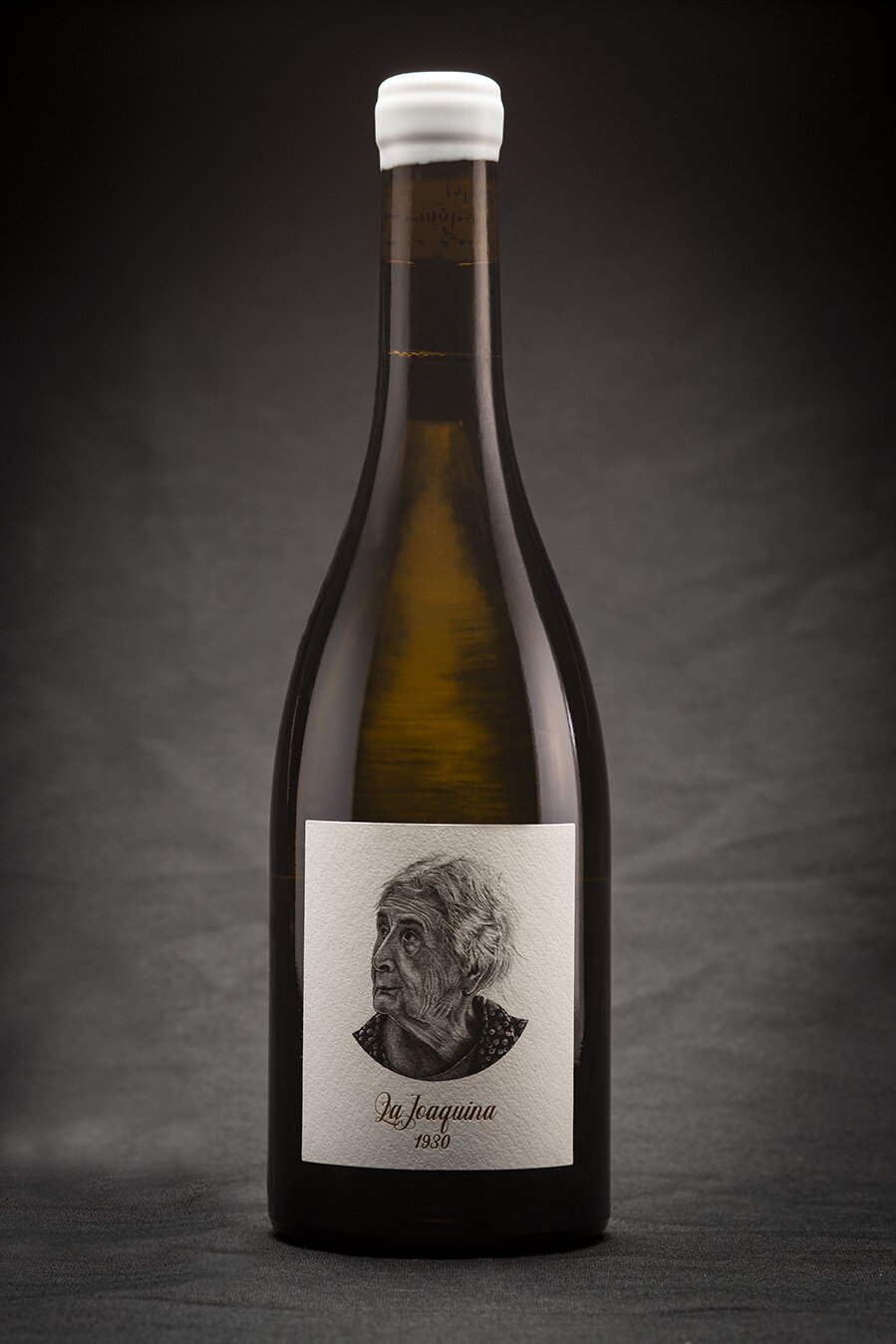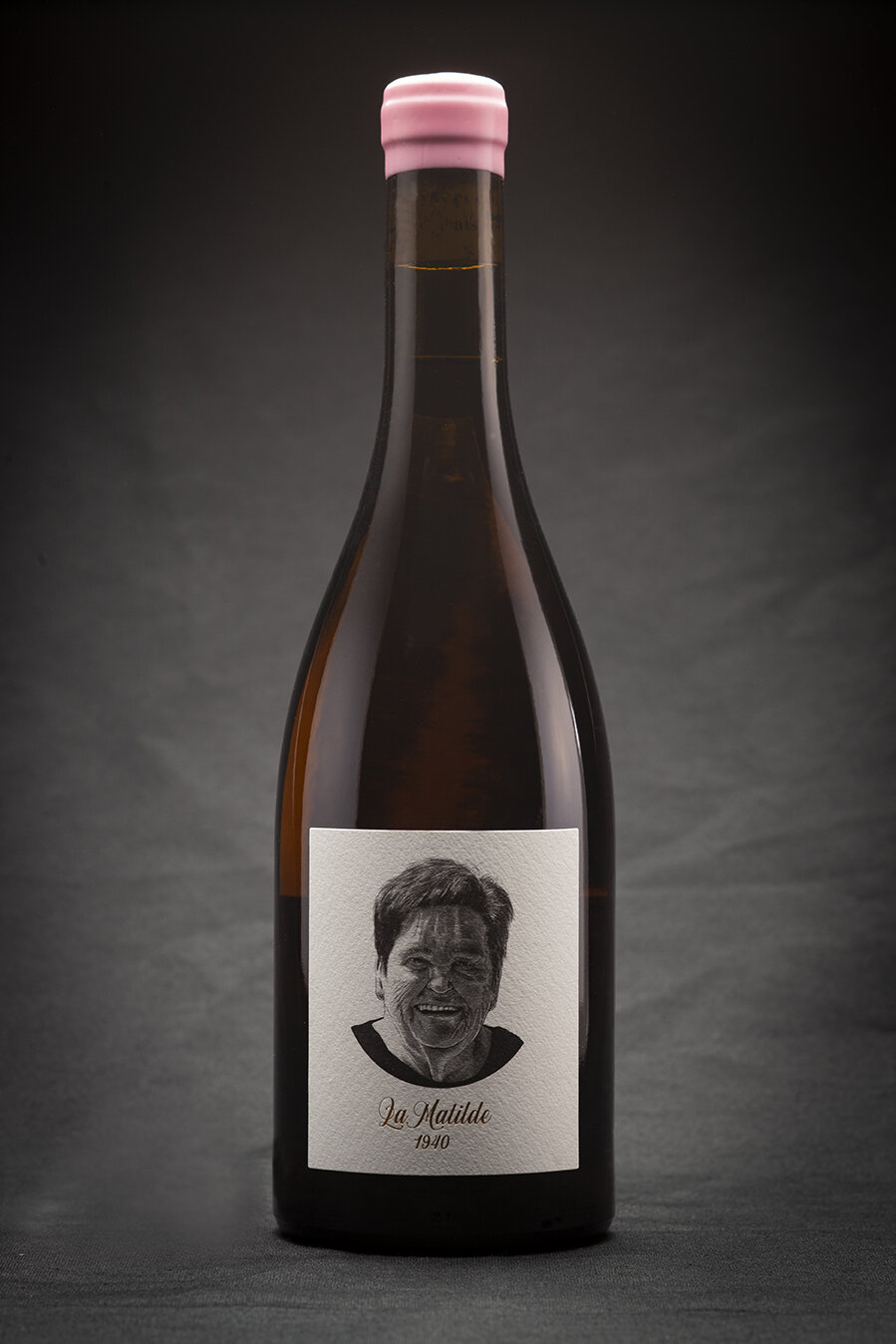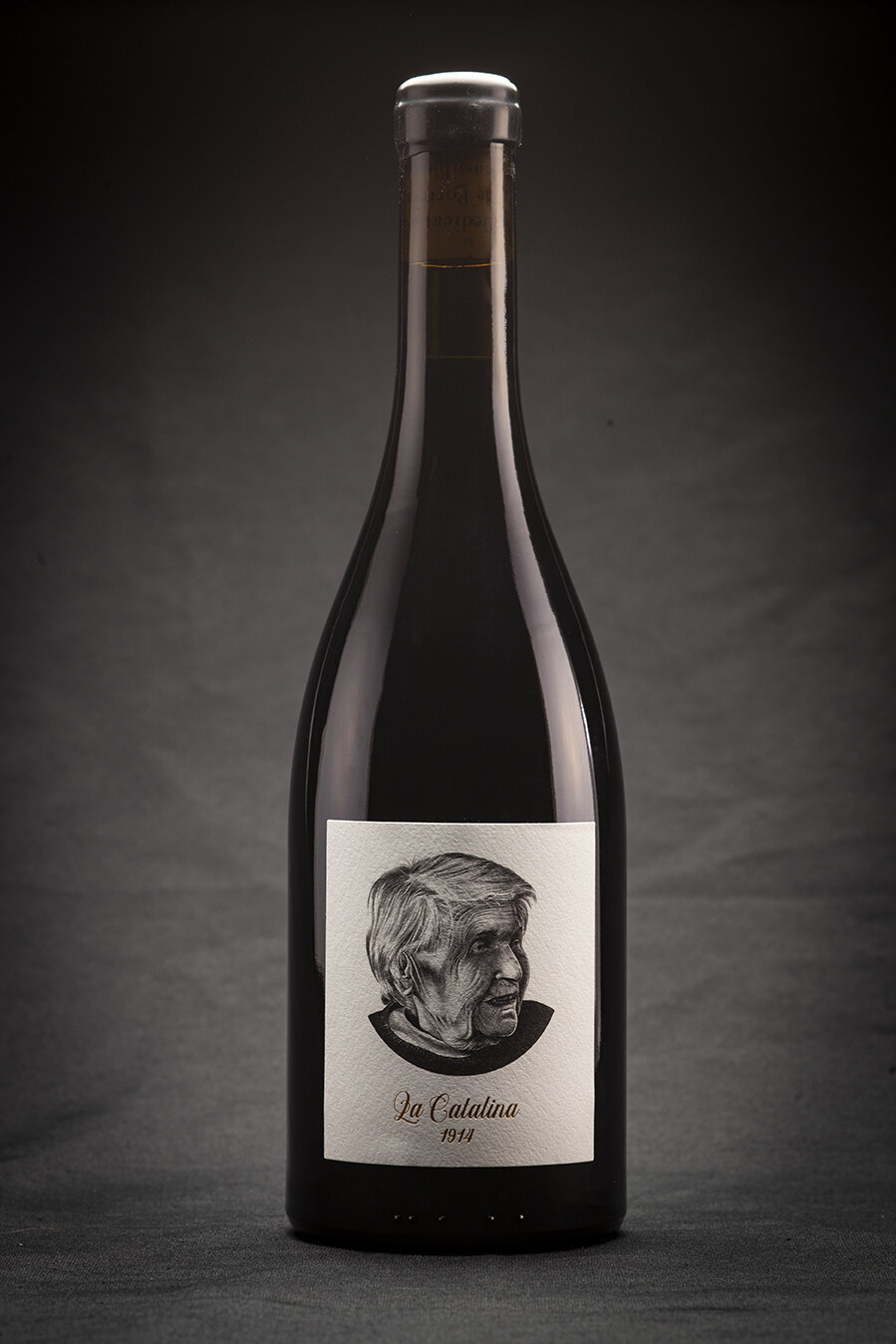Everything is Political
I often heard this statement as a young international relations student on university campus many years ago. In those days, my mind was awash with political and economic theories, foreign policy history and international conflict management. Back then, I wanted to change the world. After all, my childhood in Chile had been marked by a series of political conflicts that turned my once-democratic country into a blood-stained dictatorship.
These days, years later, my mind is awash with wine, makers, obscure regions, and up-and-coming producers. Politics, or anything resembling political thought, had taken a backseat as wine began to take over.
Wine is so fascinating it's easy to get totally consumed by it, to want to know the various soils in Burgundy or how oxidation affects Grenache. Somehow, the rocks, the vines, the grapes, and the juice have become the protagonists of the story of wine.
Yet at its most basic, wine is an agricultural product. It depends on hundreds of thousands of hands, feet, and back of men and women who are rarely acknowledged, and it is directly affected by the political, economic and social policies that shape a community or region. However, discussing the political side of wine is often met with uneasiness as many wine folk prefer to keep the discourse of heritage, tradition and terroir above all (it sells better).
In wine media, critics or writers usually focus on the contents inside the bottle, dissecting every part and linking it to the place where it was grown, but rarely transmitting the message of a community, rarely highlighting the real, human stories.
So who gets to tell the stories in wine? And how are these stories told?
The vague notion of storytelling, a marketing concept that has invaded the wine industry, takes on new meaning when we understand that as humans we must tell our story. Not just for mere entertainment, but as a way to share knowledge, to offer an alternative view, and to disrupt business as usual.
Just as poets and writers have pen and paper to transmit ideas, wine producers have a label. And while some choose to put images of rocks, a chateau or their signature on the bottle, others use it as a canvas to tell the untold stories of their community.
“Those who lose their origins, lose their identity,” says Francesc Ferrer of Celler Frisach, a family winery in Terra Alta, Catalunya.
He is referring to the label of Sang de Corb, a red wine that was dedicated to those who fought and died in the Battle of Ebro, one of the deadliest battles during the Spanish Civil War. The label is strikingly detailed, with a young woman’s face coming out of a vine, her face cut and bloodied. The woman is Francesc’s grandmother who lived through the battle but she could be anyone, he explains.
Approximately 200,000 men and women fought in the battle and thousands died in the fields and vineyards. Sang de Corb refers to the blood of the people of Corbera d'Ebre and how the vines were “irrigated” by their blood, says Francesc. The phrase “Lo vi fa sang” appears at the top of the label. A Catalan expression meaning wine gives energy and power, here used to acknowledge that it was through wine and grape growing that his community was able to recover and rebuild.
Not far away, in Priorat, another Catalan producer has dedicated three wines to three women from the town of Porrera in recognition for their contribution to the wine industry: La Catalina, La Matilde, and La Joaquina from Celler Vall Llach. Each label carries a sketched image of the women’s faces. The women are smiling, with wrinkled faces that indicate a lifetime working in the steep llicorella vineyards.
The project pays tribute to these women, and many more, who were rarely seen or heard but played a vital role in the development of the Priorat wine region. They tended to the vines when others abandoned the region in search of more profitable work. Not long ago, in the 1980s, the price for a kilo of grapes was a mere 20 pesetas (equivalent to 0.12 euros) in Priorat.
The three women were involved in the design process from beginning to end, with a huge sense of pride and joy, says Albert Costa, winemaker at Vall Llach. However, the project also highlights a growing social crisis: the isolation and loneliness of older adults.
“Older people have been forgotten in these towns, in Spain in general,” says Albert. “They are alone, they don’t eat, they have no one to talk to and they just want to be heard.” Thus, in an effort to give back to the community, a pillar of Vall Llach, two euros of each bottle sold goes to financing leisure activities for the town’s senior citizens.
Narrative, through wine labels, is a form of creative resistance because it offers an alternative view to the mainstream discourse of wine. Producers become the narrators of their own stories and they choose how they will deliver their message. Through the design process they reveal personal memories, feelings and values.
As Marta Soares, winemaker at Casal Figueira in Portugal, notes “Labels tell a story and people are sensitive to that. It is not an artificial thing made to look good, there is a message behind it.”
Marta embodies that creative rebellious spirit, challenging the Lisbon Wine Commission to accept a selfie photo of her and her team at the local tavern as a label for the Casal Figueira Tinto 2017. For Marta, it is vital to acknowledge the contribution of those who have tended the vines for generations - the invisible workforce - which is why Casal Figueira labels contain hand-drawn images by the workers. In 2013, it was the drawing of a man with a donkey. In 2015, a rabbit, and this year a beast.
“Wine is about the people and their spirit,” she says. “These are not images created by me nor by a designer... It is their [the vineyard workers] own drawings, they refer to their work and they respect their existence in this process.”
While it may be difficult to know the full story behind these wines, and others such as Putes Feministes by Vins & Volaille, the images provoke certain thoughts and emotions, or at the very least, curiosity. Certain labels invite us to go beyond the product and dig deeper to understand the social, cultural or economic context.
Whether or not we see these images as a powerful narrative or simply as marketing tools, wine does not exist in a vacuum. Wine is political - regardless how uncomfortable that makes us feel or how apolitical we wish to be. As I’ve come to terms that my wine experiences are bundled with politics, it is inevitable not to see the creativity and courage there is in sharing another perspective through a label.
And so it is with a sense of awe, pride and even a bit of sadness, that a wine label like El Pais No Se Vende (Pais/The Country is not for Sale) by Mauricio González and Roberto Henríquez, Bío-Bío, Chile, that brings forth powerful memories of the country I once called home.



